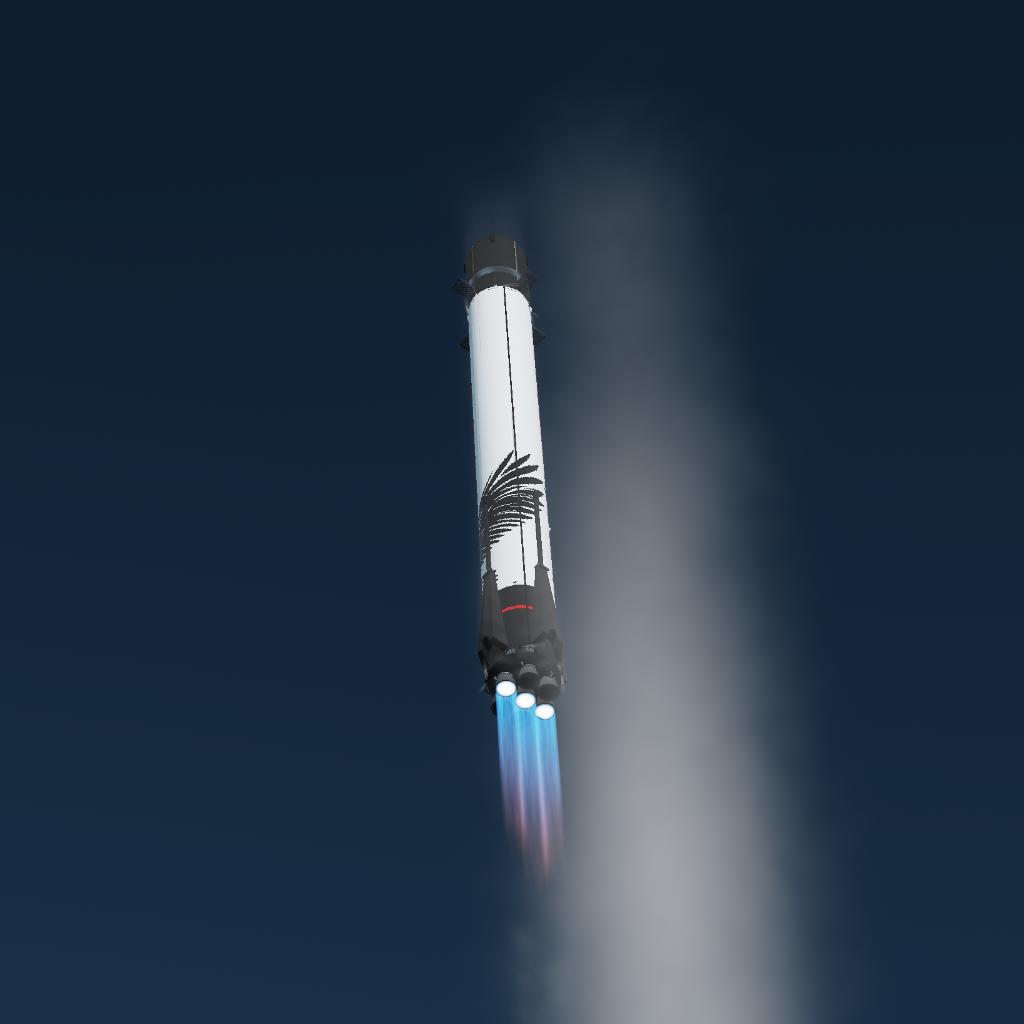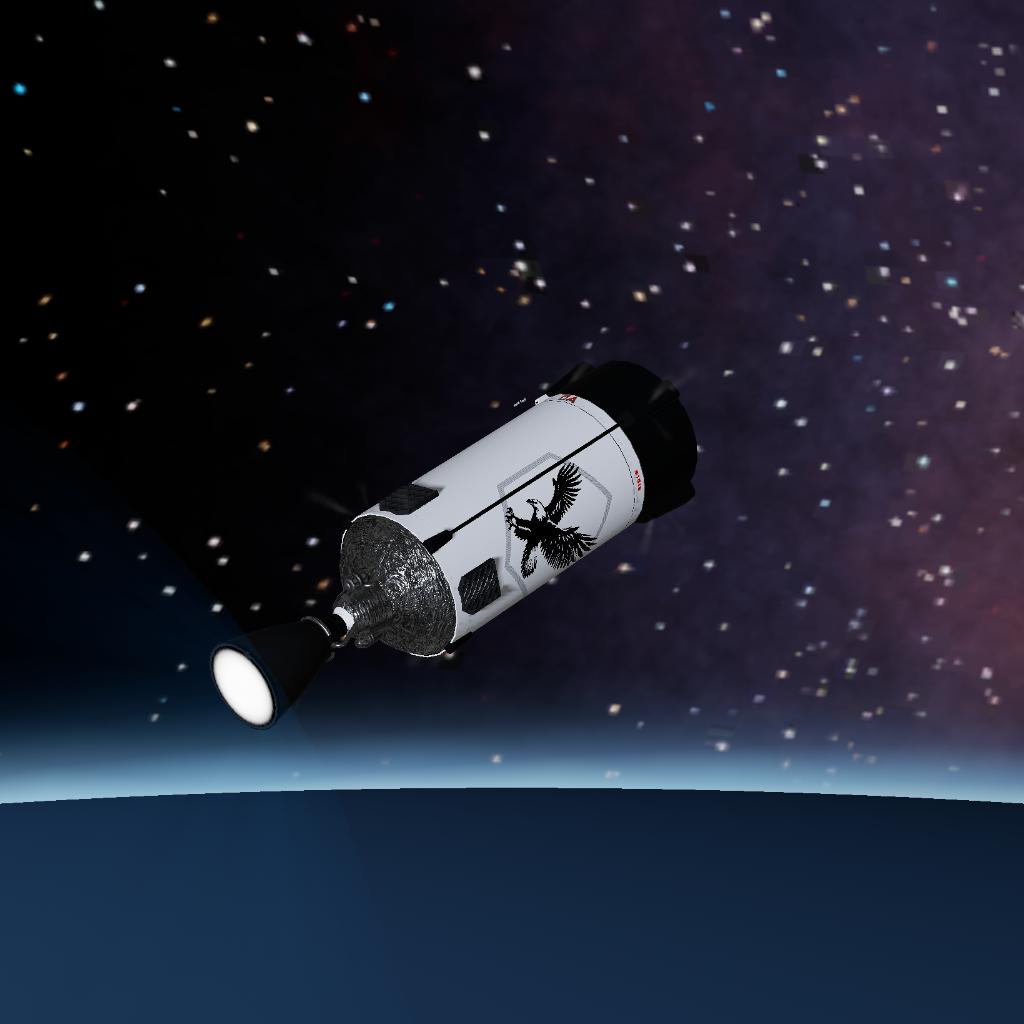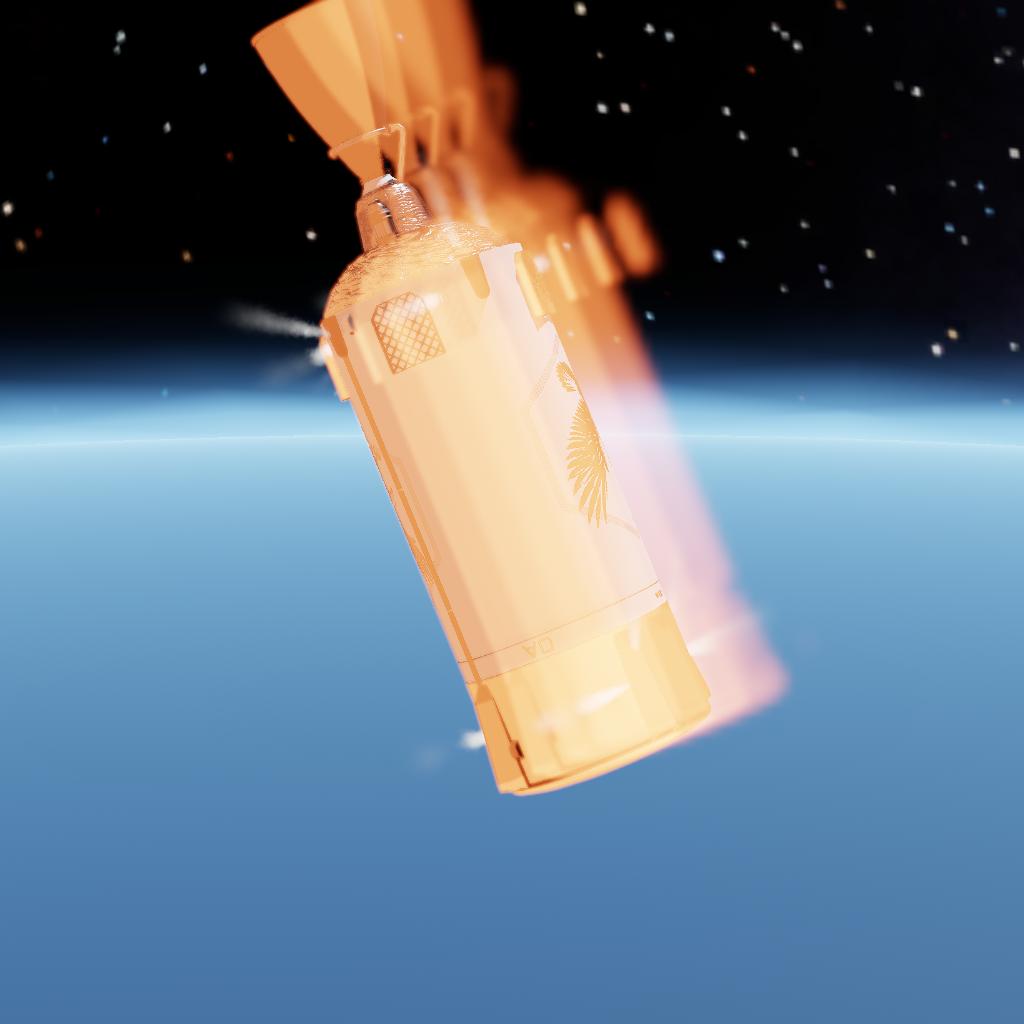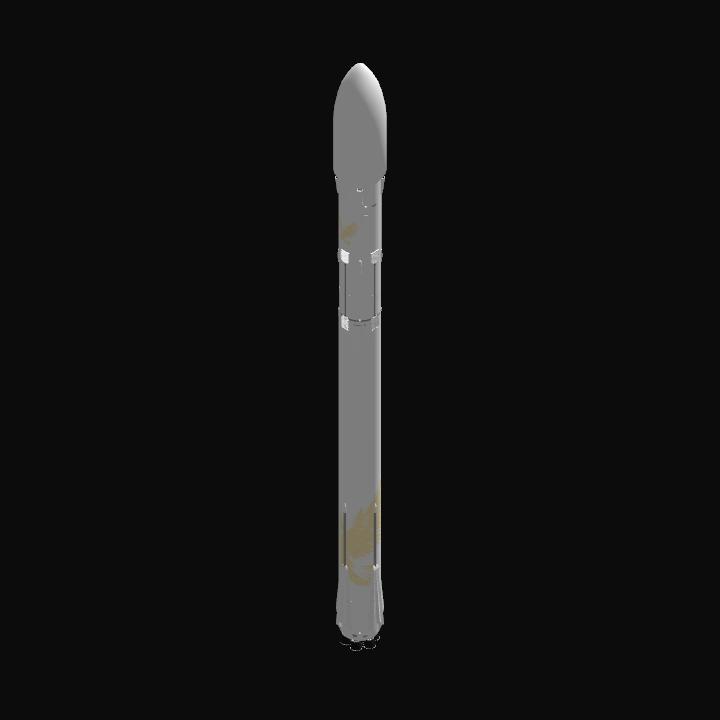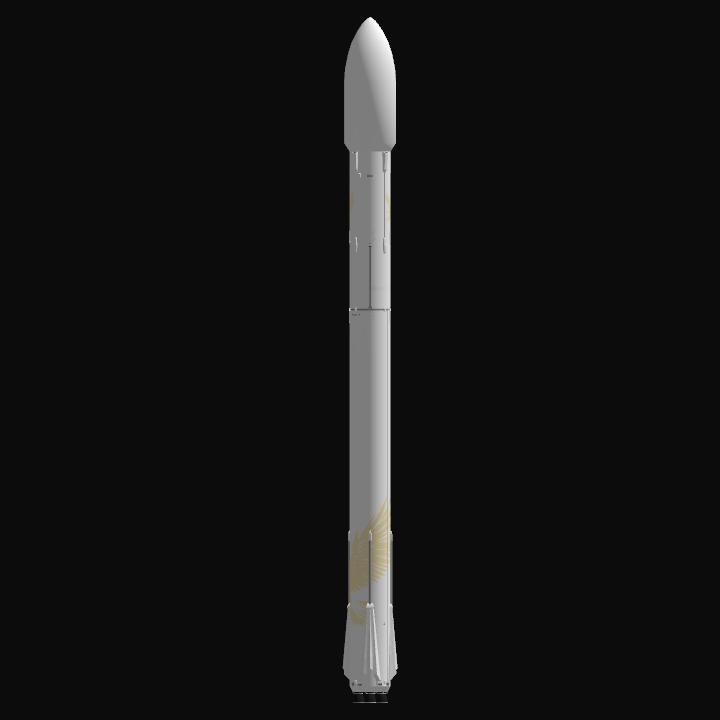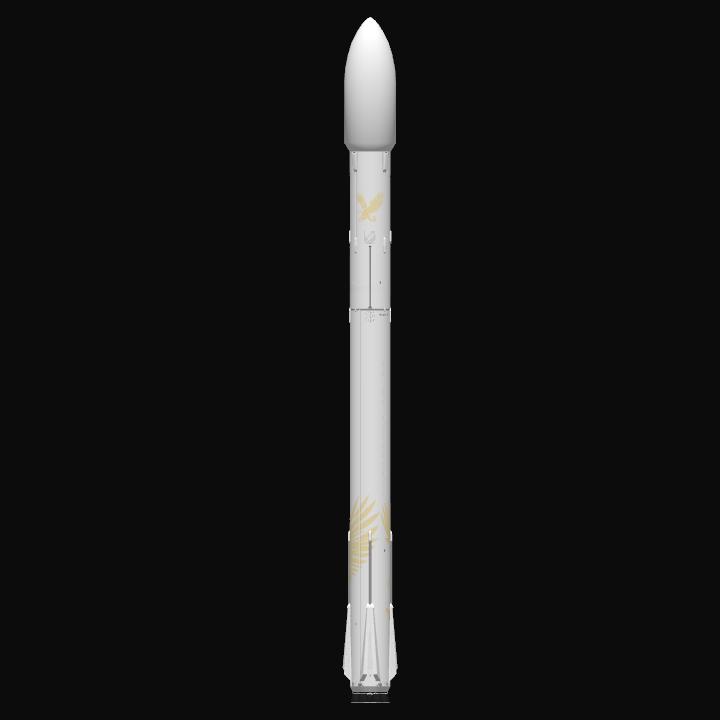NO UPVOTES PLEASE!
Eagle 5 CFT-2 Mission Overview:
Eagle 5 CFT-2 lifted off at 12:37AM UTC on March 13, 2025 from Droo Space Center Launch Complex A, following FAA approval. The prototype test vehicles were B306 and S1015. Both vehicles sported modified hardware and software to incorporate changes made after CFT-1. Details on the final failure analysis will be discussed later in this document. This test was meant to validate the failed goals from CFT-1, with minor flight profile changes. The goals for CFT-2 were as follows:
Liftoff
Max-Q
Stage Separation/T-Vac Startup
Boostback Burn
Payload Faring Jettison
Booster Atmospheric Entry and Control
Landing Burn
Booster Splashdown
T-Vac Shutdown
RCS Dynamic Attitude Control Test
In-Space T-Vac Relight
Re-Entry/Atmospheric Control
Landing Burn
Second Stage Splashdown
Of the following, all but the last 3 were successfully completed, and Eagle 5 CFT-2 ended with S1015’s breakup.
Timeline:
T-2:00 Launch Director Conducted Poll For Launch Readiness
T-1:22 Launch Director Verifies GO For Launch
T-1:00 Eagle 5 switches to internal power, Eagle 5 Startup
T-0:47 Launch Director Calls Launch Hold Due To Weather
Countdown Clock Resumed 45 minutes later
T-0:30 Launch Director “T- 30 seconds to launch”
T-0:15 Launch Director “T- 15 second to launch”
T-0:10 Terminal Count Begins
T-0:03 All 7 Talons are lit
T-0:00 Eagle 5 Liftoff
At roughly 80 seconds into flight, vehicle was supersonic
Soon after, Eagle 5 was throttling back up from Max-Q
At roughly 2 minutes into flight, Eagle 5 began pitch over prior to stage sep
Stage separation confirmed, T-Vac startup, booster flip maneuver
3 Talon engines on Booster ignited for boostback burn
Payload Fairing Jettison
Booster grid fins deploy
Booster in terminal guidance
Booster Landing burn startup, all 3 Talons lit
Booster transition to single engine flight
Landing legs deploy
Talon engine shutdown, booster splashdown confirmed(cheers)
S1015 Passes Karmen Line
S1015 in terminal guidance, FTS safed
T-Vac shutdown, successful trajectory insertion
Roughly an hour later, the RCS Dynamic Attitude Control Test was preformed, using S1015’s onboard RCS system to rotate, pitch, and yaw the stage, only to correct it successfully after each maneuver
The T-Vac In-Space relight demo was skipped over
S1015 in terminal guidance for atmospheric entry
PAF jettison
Atmospheric Interface confirmed/S1015 signal still strong
S1015 loss of attitude control
S1015 LOS/CFT-2 concludes
This mission completed several important milestone for the Eagle 5 program, most importantly being Booster splashdown. B306 was not observed to have exploded, and recovery teams will head out early tomorrow to retrieve the booster. As for S1015, the stage did pass several objectives, many of which its predecessor, S1013, did not. We will conduct a failure analysis into the breakup of S1015, and present the findings soon. Debris from S1015 was observed to fall over the Pacific Ocean, and all debris was observed to have stayed in our pre-determined launch corridors. The FAA, nonetheless, has opted for us to conduct a Failure Analysis, and has once again grounded the Eagle 5 due to public safety concerns. Eagle 5 Flight Tests will resume once both Orion Aerospace and the FAA are both satisfied with the results and adjustments of Eagle 5 CFT-2.
Findings In The Failure Analysis For Eagle 5 CFT-1:
During our Eagle 5’s inaugural test flight, CFT-1, the prototype test vehicles B305 and S1013 were used. Both successfully lifted off, however, during B305’s attempt for a splashdown in the Atlantic, an anomaly occurred. The booster landing burn began, and about 8 seconds later, telemetry and visual contact were lost on B305. Our teams at Orion have deduced that B305 was lost due to fuel sloshing in the main tanks. This caused a fuel line rupture, and leaking of fuel. When the 3 Talon engines were relight for the landing burn, the leaking fuel was ignited, causing 2 of the 3 engines to shut down, and the AFTS to activate, destroying the booster. The second stage, S1013, continued on its way to space, successfully passing the Karmen Line. Observed via the many onboard cameras was a kinetic failure on the T-Vac engine, causing a loss of thrust and tank damage. This was worsened by structural failure and a fuel leak. This fuel was ignited by the burning T-Vac, and the FTS was activated, safely destroying the stage. Multiple methods were integrated into Eagle 5 CFT-2 to prevent a loss of both B306 and S1015. While S1015 was still lost, it was likely to a different failure, and the methods successfully allowed B306 to conduct a splashdown in the Atlantic Ocean, validating our landing profile and systems. On the next upcoming Eagle 5 test flight, CFT-3, we will implement methods to correct failures observed on both CFT-1 and CFT-2. The prototype test vehicles for Eagle 5 CFT-3, B307 and S1016 are both already constructed and have completed preliminary testing. Eagle 5 CFT-3, at the moment, should be expected to occur NET March 20, following FAA Launch Approval.
P.S., for those of you who are wondering why we skipped over S1014 for the CFT-2 prototype second stage, we didn’t skip it. S1014 was initially intended to be used for CFT-2. It was accidentally destroyed in a cryo proof/pressure test ahead of launch. No personnel were injured. It was decided to use S1015 instead, following modifications made to that stage.
Questions about CFT-2 and the Eagle Program can be asked from the comments below. I will do my best to reply quickly. Updates for Eagle 5 CFT-3 will be announced in the comments as well.
New “Easter Eggs” were placed on both vehicles, can you find them and identify what motion picture they’re alluding to?
GENERAL INFO
- Created On: iOS
- Game Version: 1.3.204.1
- Price: $220,469k
- Number of Parts: 613
- Dimensions: 73 m x 12 m x 8 m
PERFORMANCE
- Total Delta V: 6.9km/s
- Total Thrust: 14.4MN
- Engines: 15
- Wet Mass: 4.85E+5kg
- Dry Mass: 1.09E+5kg
STAGES
| Stage | Engines | Delta V | Thrust | Burn | Mass |
|---|---|---|---|---|---|
| 1 | 7 | 2.7km/s | 8.4MN | 1.8m | 4.85E+5kg |
| 2 | 1 | 2m/s | 423kN | 1s | 1.35E+5kg |
| 3 | 1 | 3.7km/s | 1.5MN | 3.2m | 1.35E+5kg |
| 6 | 4 | 459m/s | 1.7MN | 32s | 1.3E+5kg |



